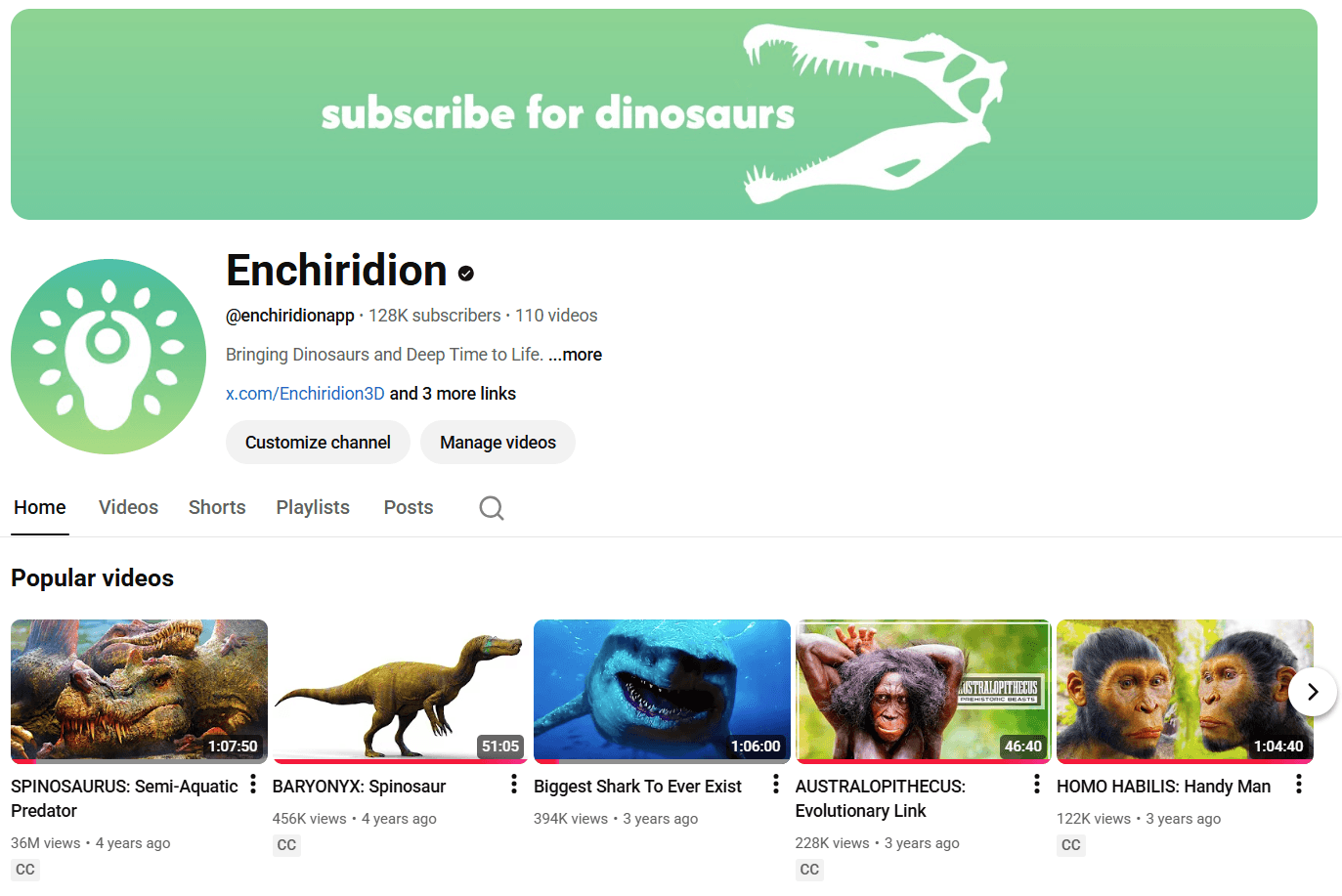Science Communication
Science
Communication
Science literacy powers
a truth-seeking society.

A Look at Science Illiteracy Today
Science illiteracy shows up
in everyday life.
U.S. adults with low English literacy
Tasks like comparing claims or following multi-step instructions are hard.
National Center for Education Statistics
Adults proficient in health literacy
Roughly a third sit at basic or below-basic levels, raising odds of bad medical decisions.
PMC
Points in eighth-grade science scores
Fell from 2019 to 2024, a warning light for the pipeline of future problem-solvers.
Nations Report Card
Low literacy and weak critical-thinking skills leave people more open to falsehoods, and studies show that stronger critical-thinking training reduces susceptibility to misinformation.
A society that struggles to read evidence, weigh risk, and spot bad arguments struggles to govern technology, protect health, and steward the planet.
Scientific thought is cultural infrastructure. It is how we collectively move towards deeper scientific truth and understanding. In a persistent positive-sum game, society reinvents itself and improves the quality of life for billions of humans and lifeforms around the world. Scientific literacy boosts and powers this positive feedback loop.
Yesterday's Definition
SCIENCE
COMMUNICATION
BY THE BOOK
Traditional definitions of science communication may suffice for textbooks and journals, but they are neither accurate nor comprehensive enough to describe our mission.
For Enchiridion,
science communication is not just about making knowledge accessible. It's about merging the curiosity of the past with the innovations of the present in an effort to create a more scientifically literate future.
SCIENCE COMMUNICATION REDEFINED
Functional Science Communication
The process of making scientific knowledge accessible, engaging, and actionable by combining evidence-based content with creative storytelling; engineering scientific literacy; and enhancing critical thinking that will allow audiences to thrive in today's environment of information overload, misinformation, and complex scientific challenges.
The History of Science Communication
How we share knowledge
has a history all its own.
Oral origins & proto-science
Storytellers and artisans share practical lore. Thales explains nature around 600 BCE. Hippocratic physicians teach natural causes in the 5th–4th centuries BCE.

Classical texts & libraries
Aristotle compiles treatises. Euclid writes Elements. Lucretius composes De Rerum Natura. Alexandria's Library and Museum host scholars by the 3rd century BCE.
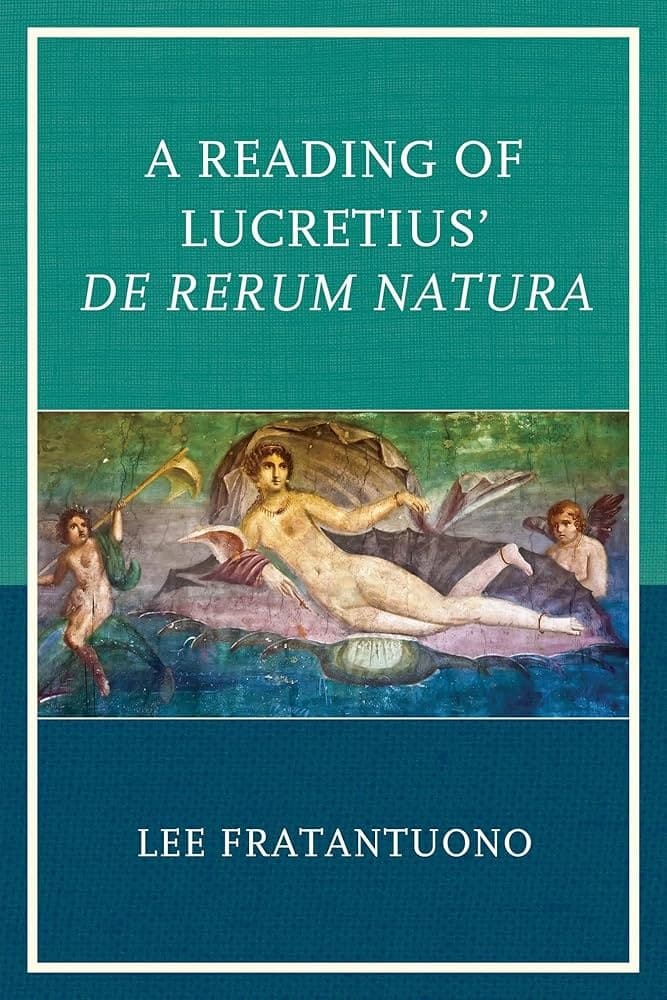
Translation empires
Baghdad's House of Wisdom flourishes in the 9th century with al-Kindī, al-Khwarizmi, Ibn al-Haytham. Latin translators in Toledo and Sicily spread learning by the 12th century.

Manuscript encyclopedias & scholastic classrooms
Isidore of Seville's Etymologiae appears c. 600–636. Hildegard of Bingen writes medical works c. 1150. Universities formalize disputation and commentary across Europe.
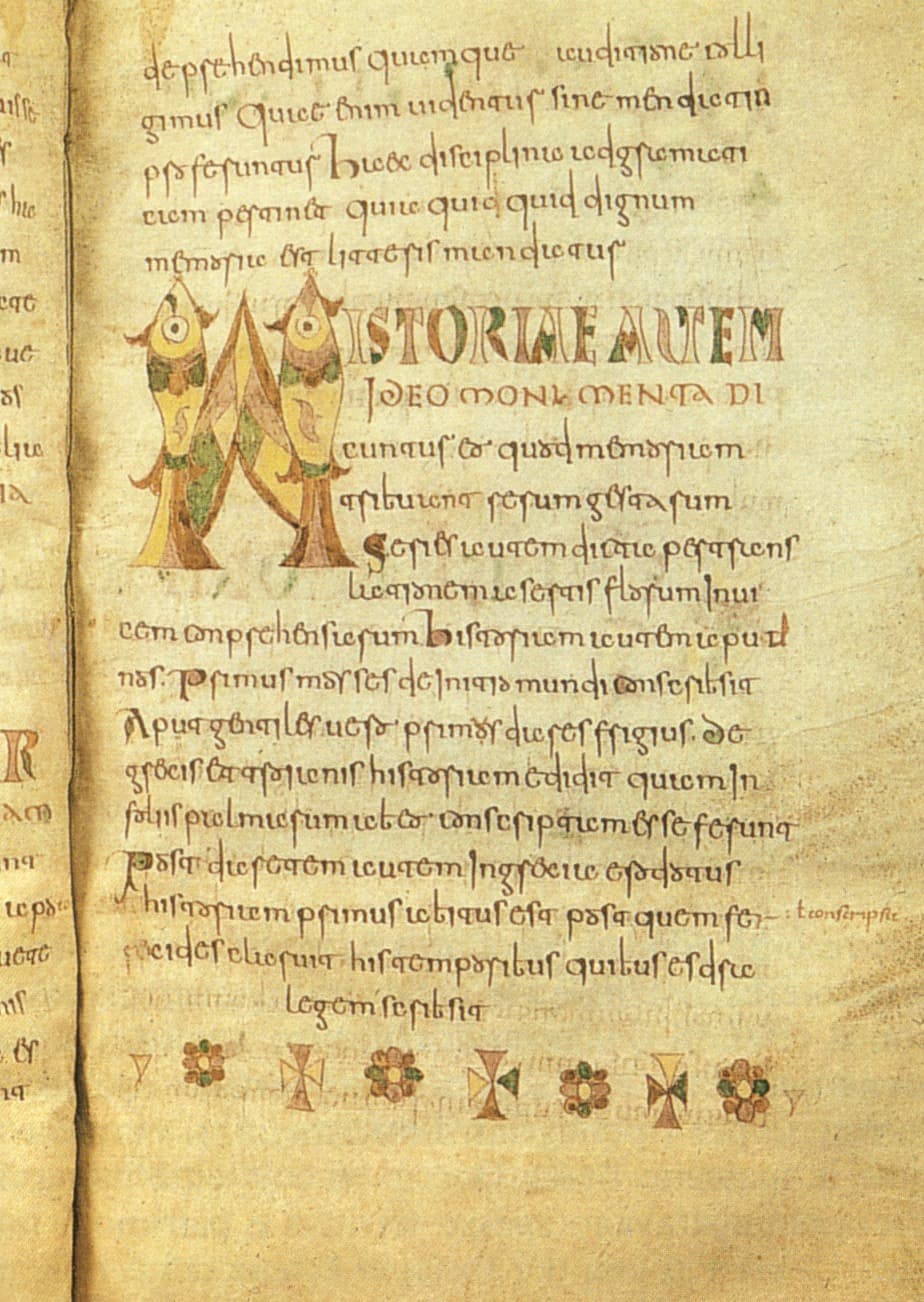
The printing press revolution
Gutenberg prints in the 1450s. Vesalius publishes De humani corporis fabrica in 1543 with striking woodcuts. Vernacular herbals and almanacs spread practical knowledge.

Societies, journals, and public experiments
The Royal Society forms in 1660. Philosophical Transactions begins in 1665. Hooke's Micrographia appears in 1665. Boyle's air-pump demonstrations captivate audiences.

Enlightenment salons & encyclopedias
Diderot and d'Alembert publish the Encyclopédie from 1751 to 1772. Lavoisier's chemistry demonstrations reshape theory in the 1770s–1790s. Coffeehouses and salons connect thinkers.
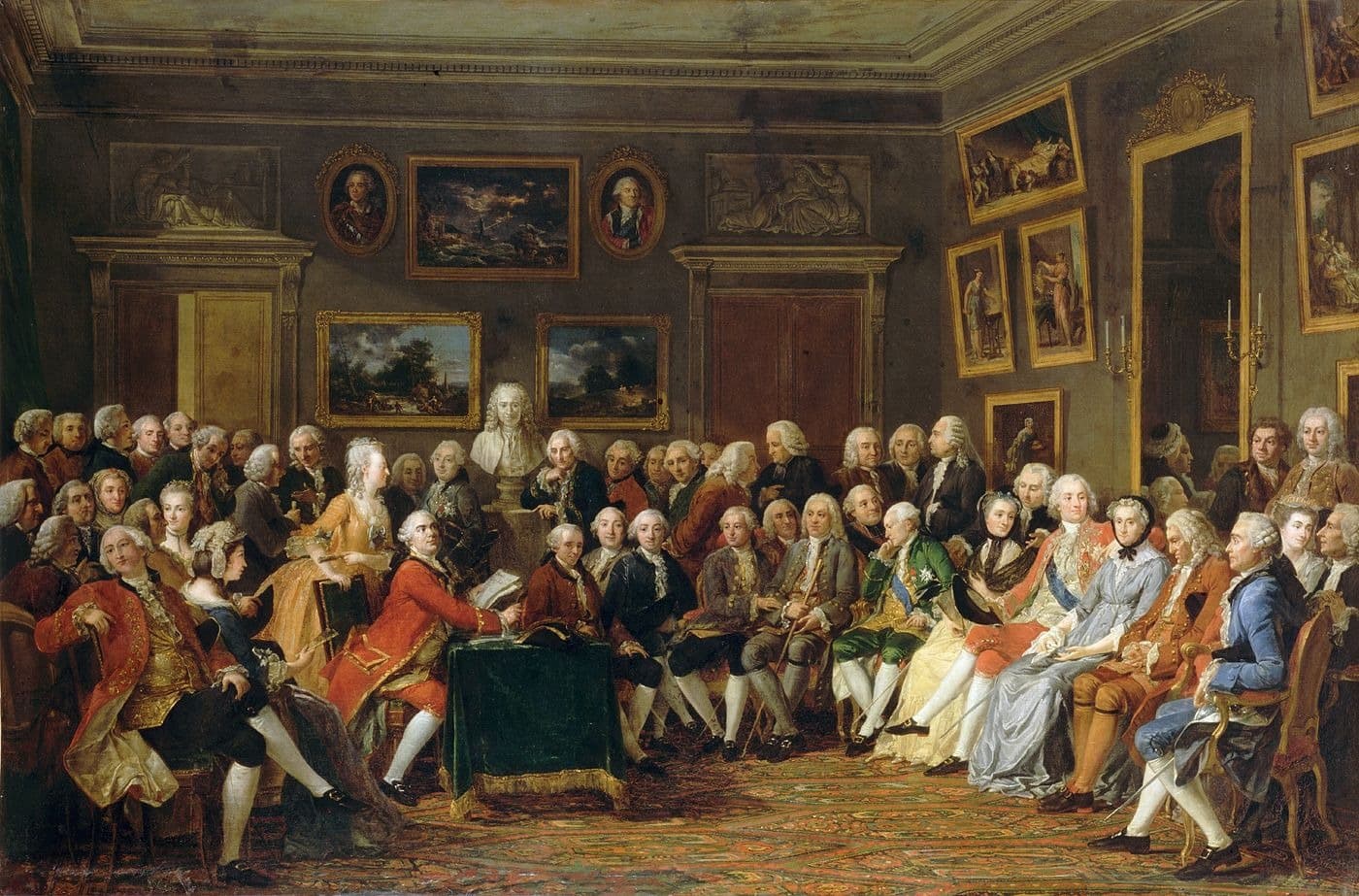
Museums, lectures, and mass print
Faraday's Christmas Lectures run from the 1820s. Humboldt's Cosmos appears 1845–1862. The Smithsonian opens in 1846. Scientific American starts in 1845. Nature begins in 1869.

Broadcast age & prestige documentaries
BBC science programs grow in the 1950s. Cousteau's expeditions air 1960s–1970s. NOVA launches in 1974. Carl Sagan's Cosmos premieres in 1980. Attenborough's series reshape nature storytelling.
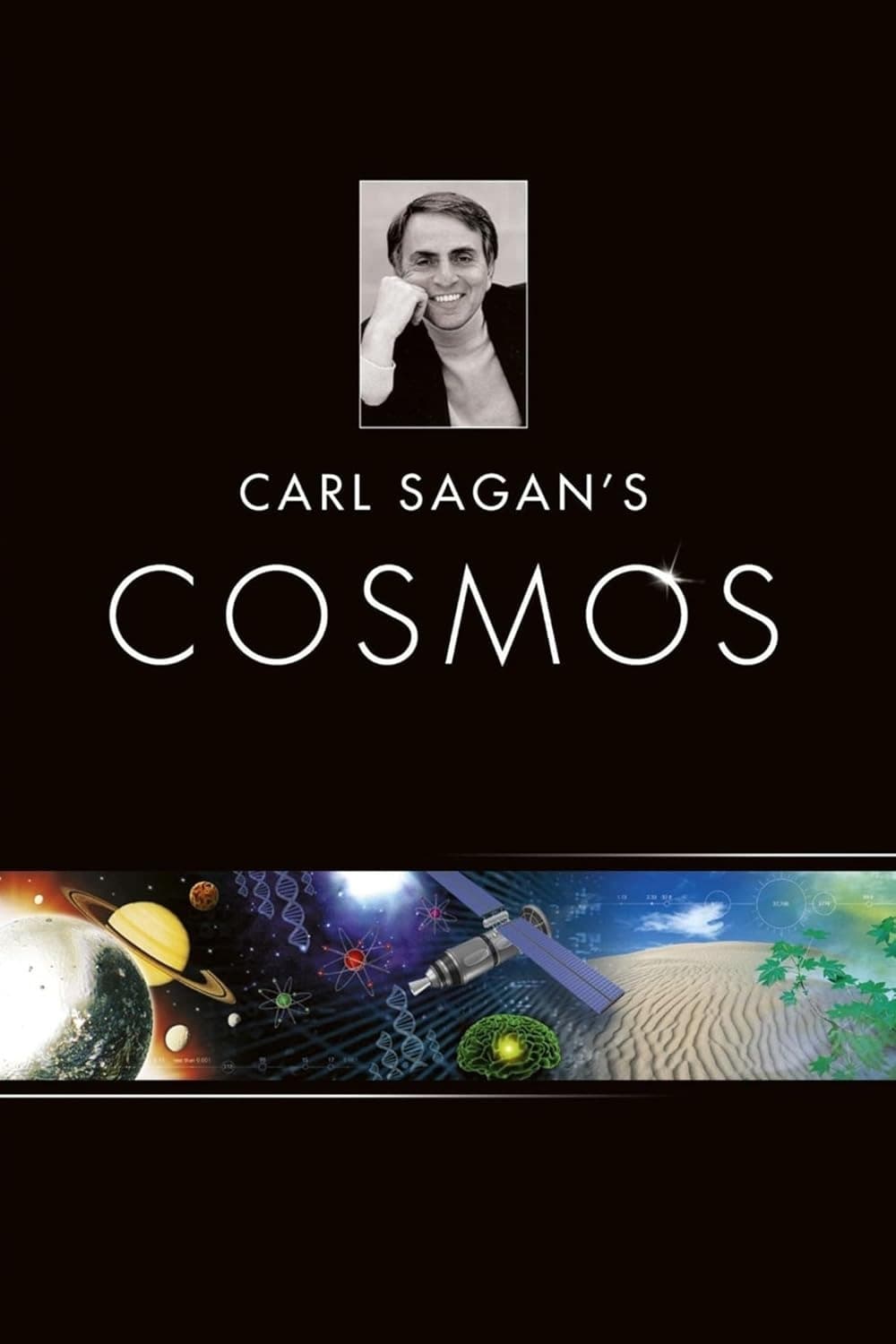
Web to YouTube edutainment
Blogs rise 1999–2005. Wikipedia starts in 2001. YouTube launches in 2005. Vsauce appears in 2010, Veritasium in 2011, Kurzgesagt in 2013. Miniminuteman, Lindsay Nikole, TREY the Explainer, and ExtinctZoo thrive in the 2010s–2020s.


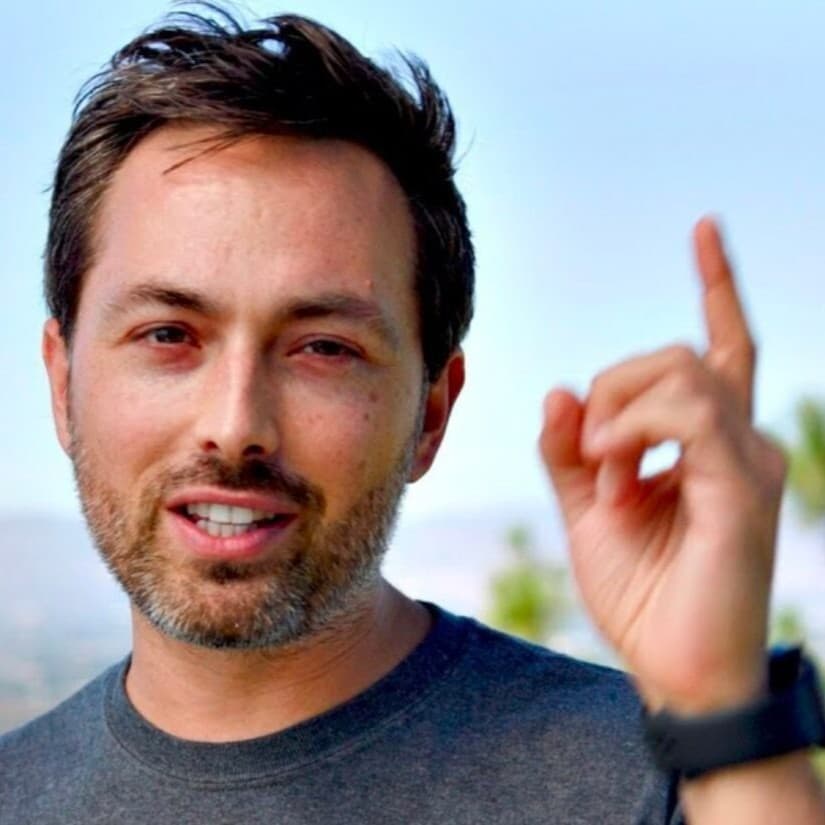
Inspiring the Next Generation
The Passion Barrier
How Structural Inequality
Suppresses Passion for
Underrepresented Scientists
Access to financial resources often limits the growth potential of students.
Financial strain is causally linked to lower performance, lower persistence, and people leaving STEM.
20-40 hours/week
Students from low-income backgrounds often have to work long hours while in school, just to stay enrolled. That workload is directly associated with lower grades, lower credit completion, and higher dropout.
Source: Inside Higher Ed
Paywalled opportunities
Training opportunities like summer research, fieldwork, or specialized camps are either paywalled or require unpaid labor. Those programs are where networks and recommendations get built. Students from low-income backgrounds are less able to access them.
A hidden layer of information
How to talk to a professor, how to ask for authorship, how to apply for grants, how to act like you belong — these unspoken rules silently advantage students who already have family or mentor models in science, and disadvantage first-generation students.
Source: PMC
Diverse talent exists, but our current imperfect structures limit its chance to be fully activated.
Building Knowledge Ecosystems
How Financial Support, Mentorship,
and Community Programs Grow
the Next Generation of Scientists
Direct financial support works. Yes.
Programs that actually pay students in the form of stipends for research hours, tuition remission, or travel funding to present work increase persistence for underrepresented students in STEMM (STEM + medicine).
Source: Frontiers
In this context, the financial resources are engineering the conditions under which talent can compound. When students have enough time, they are more likely to stay in the program. This leads them to acquire valuable skills, which then leads them to publish, present, and get recruited. Therefore, it promotes a meaningful feedback loop in a positive-sum game.
Full Equity and Representation in Science
Achieving full equity and representation in science yields benefits across societal, scientific, workforce, and translational domains, which in turn reinforce each other in a positive feedback loop.
Source: Research on Equity in Science

Structured mentorship programs
For historically underrepresented undergrads in STEM, multi-level support such as financial aid, dual faculty mentors, professional development, and summer research experience leads students to persist toward PhD pathways. These students name mentorship as the single most impactful element.
Source: arXiv
The original problem was that students felt like they didn't belong. The response was to explicitly engineer belonging via mentor training, peer networks, and social support. After that shift, students reported stronger community bonds and clearer path vision.
Teaching the unspoken rules
Courses or bootcamps that explicitly teach study strategies, research norms, how to interact with faculty, how to read a paper, and how to ask for letters increase academic success and retention by giving students the playbook that wealthier or legacy students are handed at home.
Source: PMC
Near-peer learning models
The Learning Assistant (LA) model, where trained near-peers actively support students in introductory STEM courses, is associated with 4 to 15 percentage point increases in six-year college completion rates, with particularly strong gains for Hispanic and Black students.
Source: SpringerLink
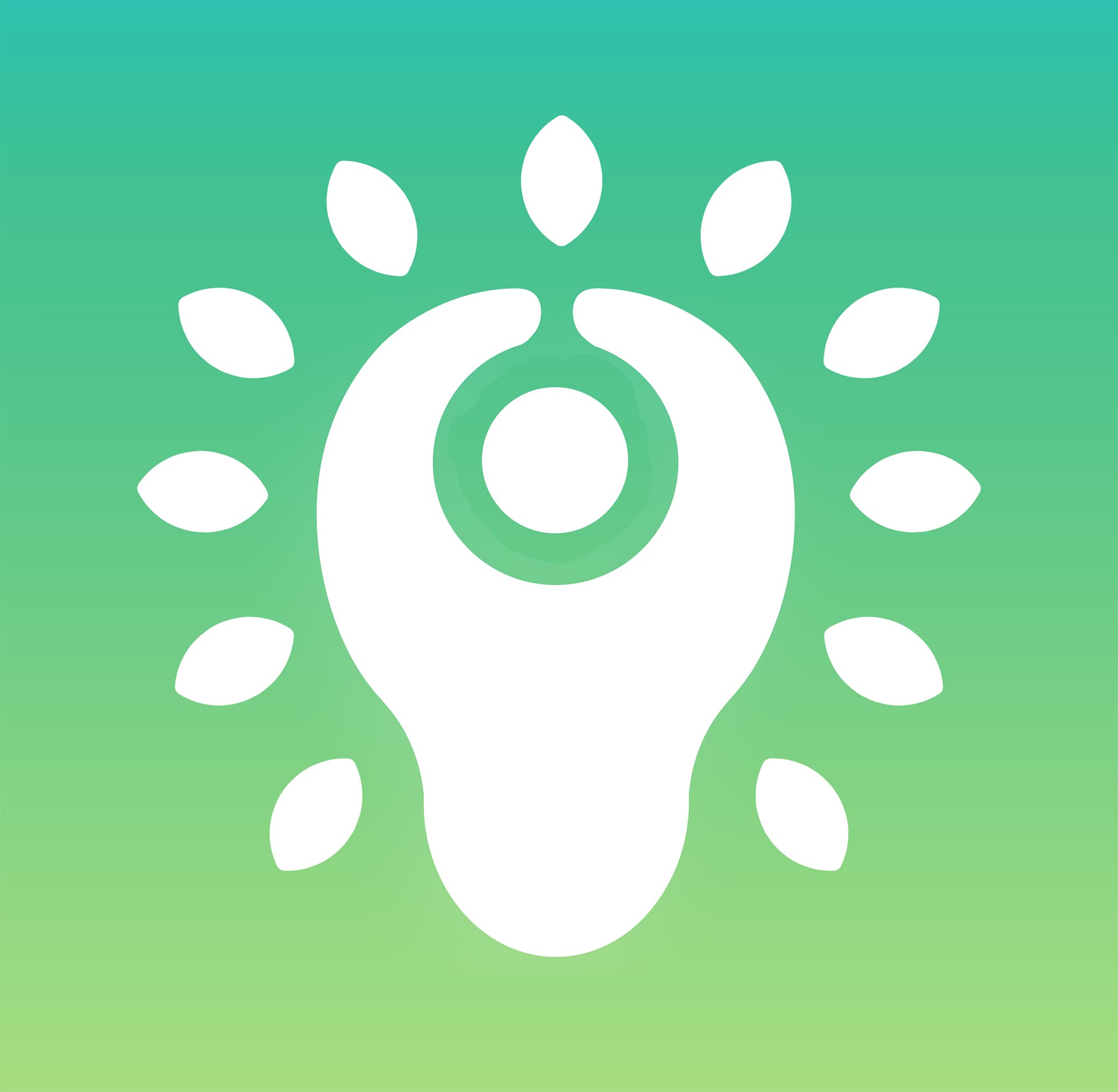
Social capital is buildable.
Follow-up studies on programs like Google's Computer Science Summer Institute show that what lasts years later is network. Participants described mentorship, collaboration, and peer bonding as catalysts that helped them land internships, stay in CS, and imagine giving back.
Source: arXiv
Watch Enchiridion on YouTube
Explore science communication through stunning CGI animations and compelling storytelling.
